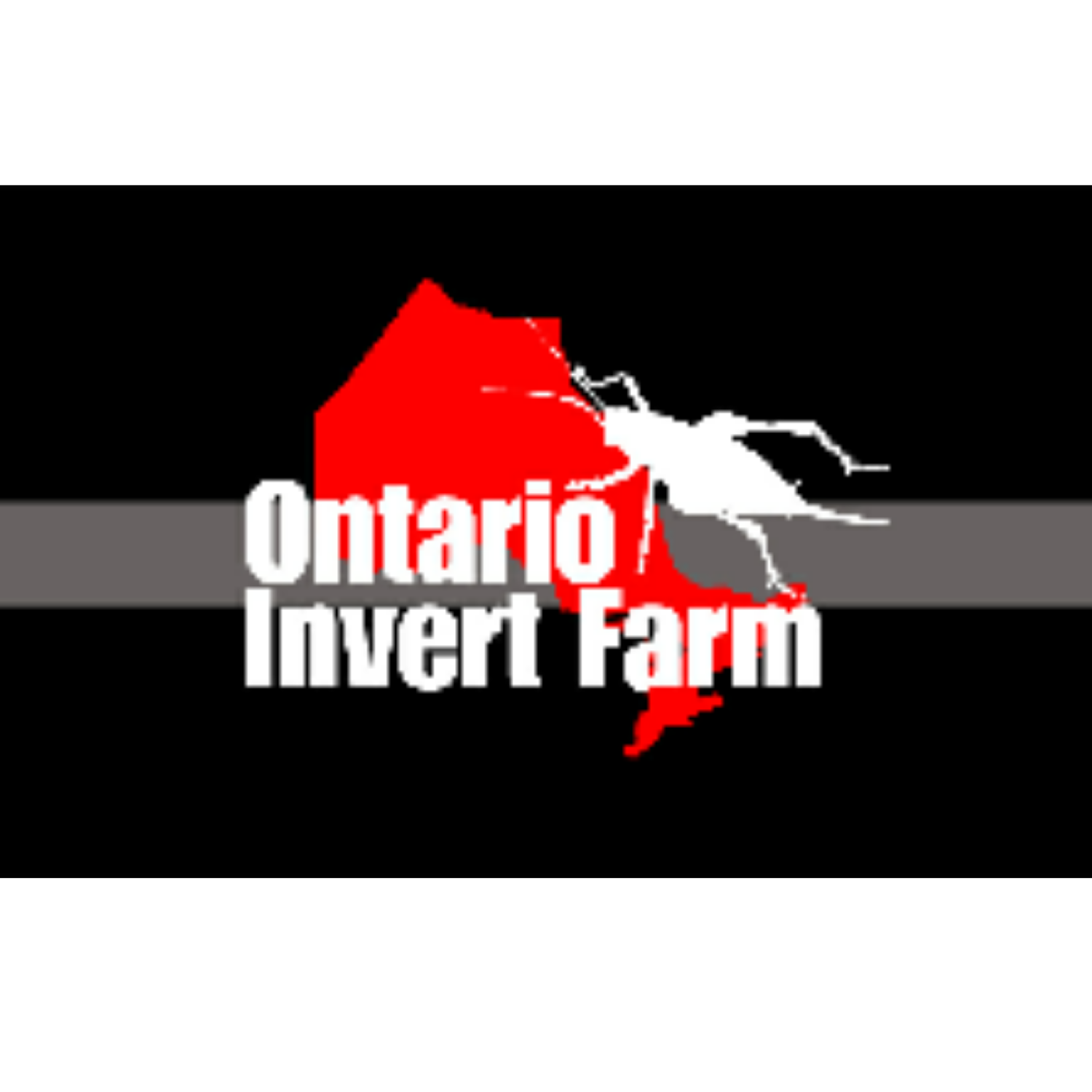
FYOF (Founding Your Own Feeders)
- Jordan the Bug Man

- Jul 22
- 3 min read
Updated: Aug 24

🐛 Establishing New Invertebrate Species in the Hobby: A Practical Guide
One of the most exciting frontiers in the invertebrate-keeping world is the process of establishing new species in the hobby. Whether you're an experienced breeder or a curious beginner, there’s something uniquely rewarding about being among the first to observe, raise, and reproduce a species in captivity.
But bringing a wild invertebrate into a home or lab setting and getting it to thrive—not just survive—is a multi-step process that requires observation, planning, and patience. Here are the key principles that can make or break your success in establishing a new invertebrate species in captivity.
---
🔍 1. Space Requirements Across Life Stages
The amount of space a species needs will depend heavily on its behavior and life cycle. A successful setup isn’t just about size—it’s about structure and functionality.
Questions to consider:
Does the species burrow, climb, or swim?
Are larvae/nymphs and adults living in the same space?
Is vertical space or horizontal surface area more important?
Some species may only require small, contained spaces for all stages, while others may need separate housing or large, enriched enclosures to accommodate natural behaviors like mating, molting, or dispersal.
---
🍽️ 2. Wild vs. Captive Diet
Understanding a species' wild diet is crucial—but it’s just the first step. The real challenge lies in identifying a practical captive substitute that matches its nutritional needs and is sustainable to source.
Ask yourself:
Is the species a dietary generalist or specialist?
Can its wild food source be cultivated or substituted?
Does it require live, decaying, or processed food?
A species with a highly specific diet that is difficult to replicate will be much harder to establish, while those with broader dietary flexibility offer a smoother path forward.
---
🧪 3. Ease of Diet Maintenance
Even if a captive diet is possible, is it realistically manageable over time?
Consider:
How often does the food need to be refreshed or replaced?
Can it be stored long-term or grown easily?
Does it require extra equipment or prep (fermentation, culturing, etc.)?
Simple, shelf-stable, or low-maintenance diets (like leaf litter, prepared gels, or commercial insect diets) reduce your workload and make it easier to scale the colony or share the species with other hobbyists.
---
🐣 4. Reproduction Rate and Generational Turnover
To successfully establish a new species in the hobby, it needs to breed reliably and complete its life cycle in captivity.
Important factors:
How long does it take to mature?
How many offspring are produced per cycle?
Are there environmental cues (like temperature or humidity shifts) required for reproduction?
Species with slow development or seasonal breeding windows may still be viable—but they require more long-term planning and a high level of commitment. Faster-reproducing species are ideal for early captive breeding experiments, allowing you to iterate and learn more quickly.
---
👥 5. Social Dynamics and Crowd Tolerance
Social behavior is another major consideration. Some invertebrates thrive in dense colonies, while others become stressed or aggressive in confined spaces.
You’ll want to observe:
Can they be housed communally?
Does crowding suppress breeding or increase mortality?
Do they exhibit cannibalism, especially during vulnerable stages like molting?
Species with high tolerance to crowding and group living tend to be easier to maintain and share. Others may require individual housing or rotation, which adds complexity and space demands to your setup.
---
🌱 Scaling from Trial to Established Colony
When you first begin working with a new species:
1. Start small. Focus on learning the basics: feeding, molting, mating.
2. Keep detailed notes. Environmental conditions, behavior, feeding response, and breeding success should all be recorded.
3. Adapt as needed. Trial and error is part of the process—expect setbacks and plan for flexibility.
Once you have a stable colony, you can begin sharing offspring with other keepers, expanding the population, and helping to secure the species’ place in the wider hobby.
---
📣 The Importance of Sharing Knowledge
Establishing a species isn’t just about breeding—it’s also about building community knowledge. Sharing your observations, photos, and even failures can save others time and effort and contribute to the species’ long-term success in captive care.
Whether you're posting on forums, contributing to care guides, or chatting on social media, your experience is valuable. Every new invertebrate that enters the hobby has the potential to teach us something new.
---
🧬 Final Thoughts
Introducing and establishing new invertebrate species is an adventure that combines biology, creativity, and a bit of trial and error. With thoughtful planning and observation, many species that once seemed impossible to keep can be brought into thriving captive cultures.
Not only does this expand the diversity of what’s available to hobbyists—it also plays a role in education, conservation, and our collective understanding of the invertebrate world.
---
🪲 Have you tried establishing a new species in captivity? We’d love to hear your experiences, tips, or questions! Share your journey and tag us on Instagram: @ontario_invert_farm







Comments